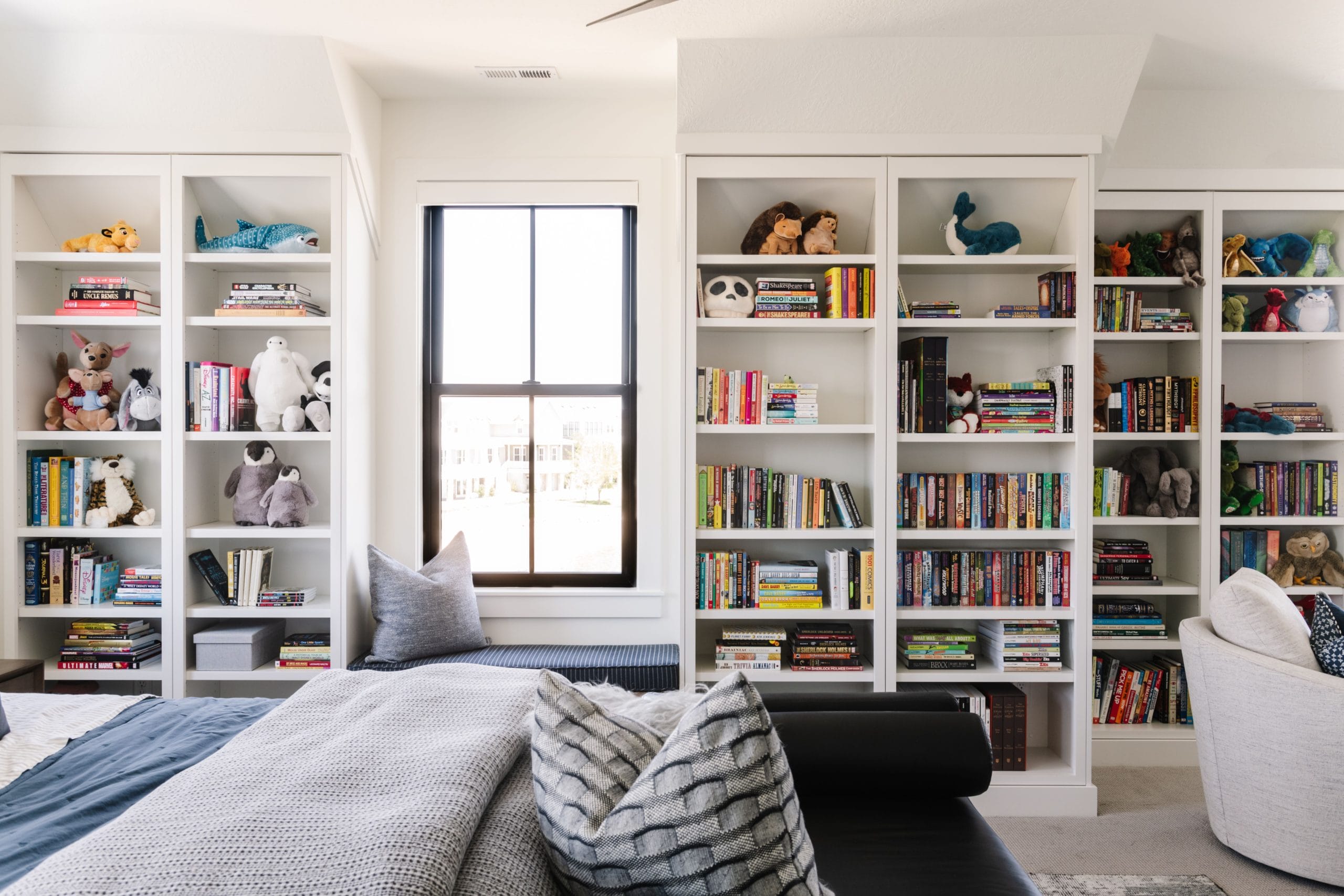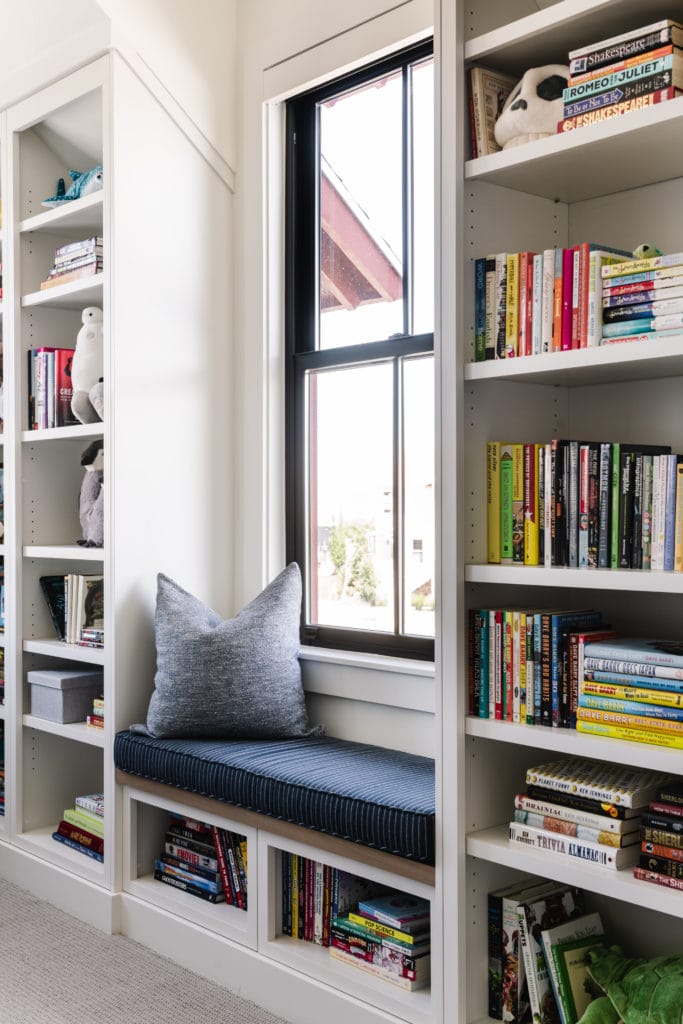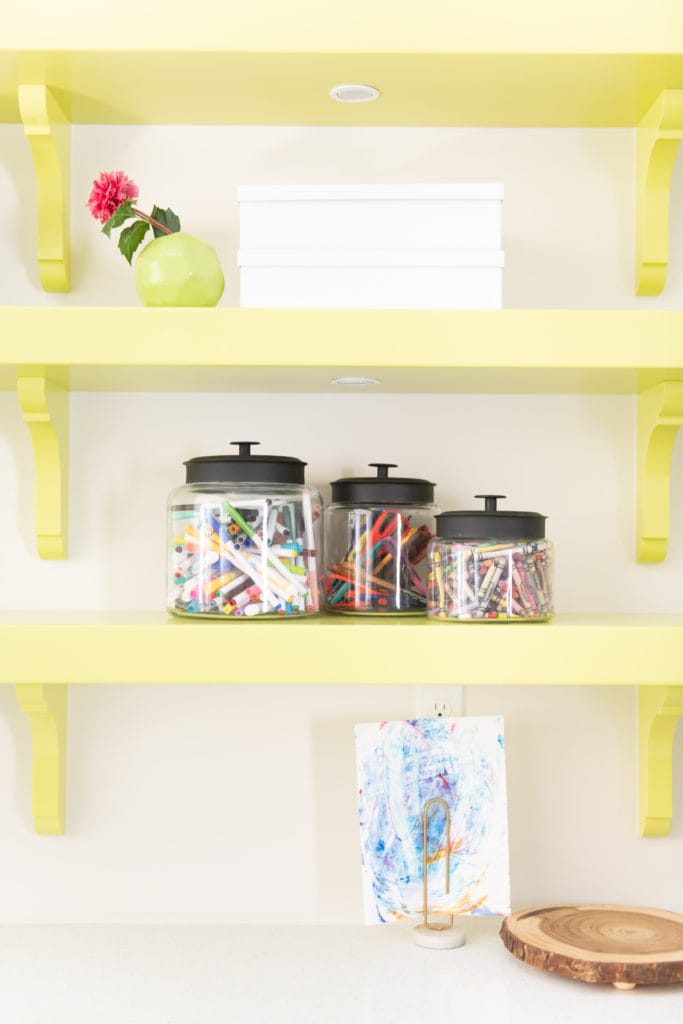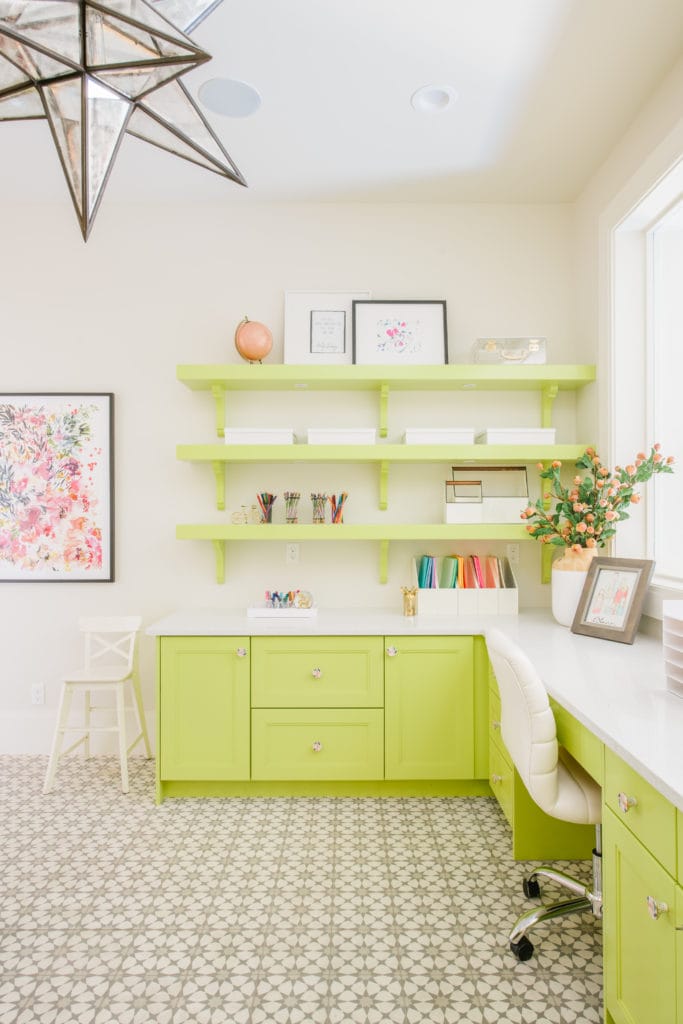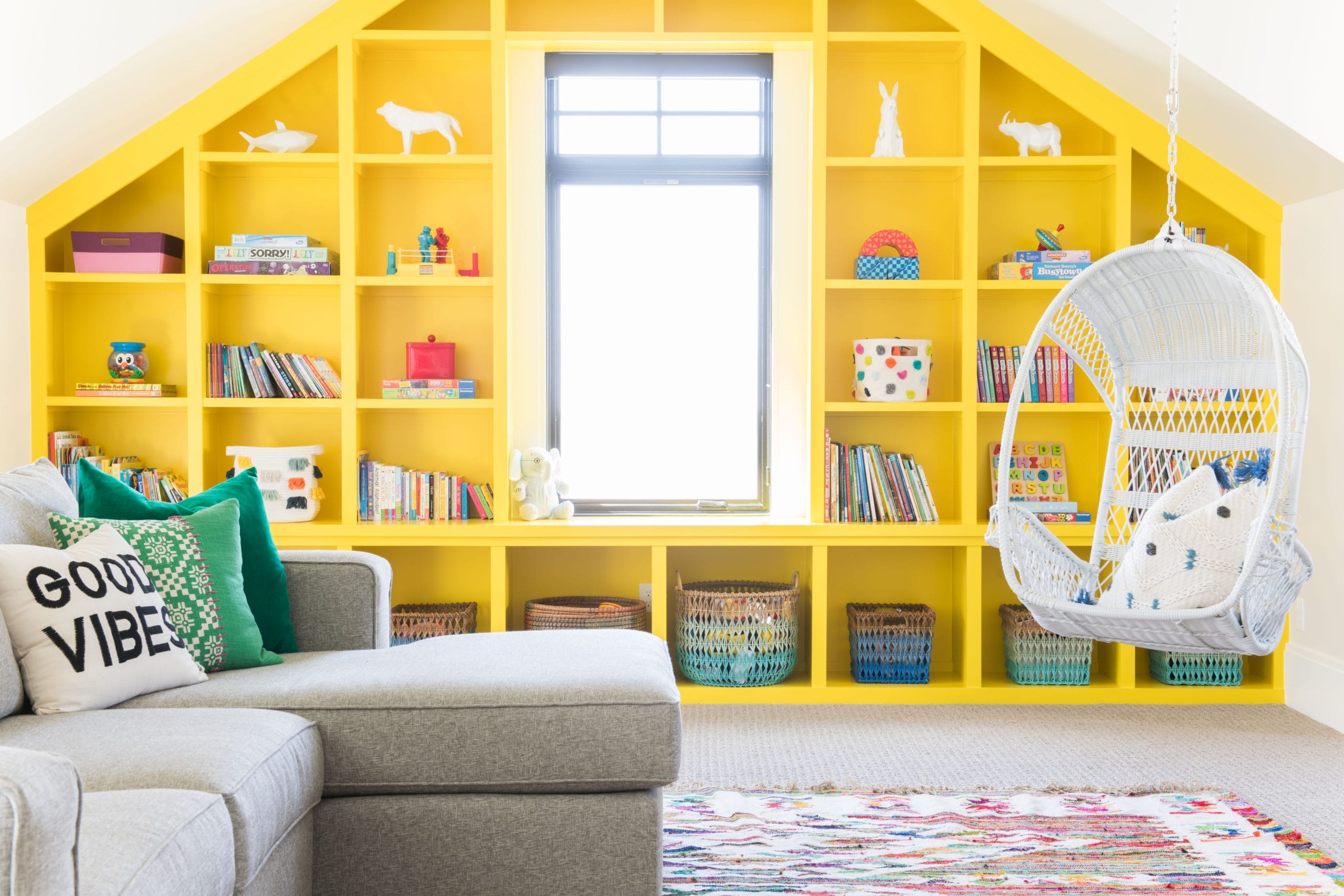
Liv Designs
Children's areas
Do you ever find yourself reveling in the distant memories of having a clean house? Or at least, if the house was a mess, the only person to blame was yourself? As they grow, kids seem to get messier, if that is even possible! It is like they sneeze, and the whole house explodes. It can be a real struggle figuring out what to do with our kid’s toys and knick-knacks. Well, take a deep breath; our fabulous design team is here to help you manage the chaos of life with kids — well, at least in terms of organizing their toys.
First things first. Have a designated kids’ place, such as a toy area, playroom, or bonus room. What’s that old saying? “A place for everything and everything in its place?” Having a special place where each item goes helps the kids actually want to clean up. Why, you ask? Because they know where it goes. It can be a fun game when it comes to cleaning up, and they can feel helpful. And what kid doesn’t want to feel needed and helpful?
Next, be intentional with the space you have by using baskets, cabinets, or built-ins. Baskets are so important as well as functional to hide all their little treasures they have collected over time. Look at them as fancy trash bins that usually don’t smell — unless someone sneaks an unwanted snack in there. It’s been done a time or two. Baskets can be cute, colorful, large or small, and of course, functional. Organize baskets by the way your kids play. For example, dinosaurs in one, Legos, and magnets in another. It’s ok to have multiple things in one basket but try to have some type of filing system in place. Typically, with kids’ short attention spans, they can’t decide what they want to do, so they just end up doing it all, making a huge mess. Manage the chaos by simply getting one basket out for the day; when the kids are finished with it, have a fun clean-up party. Plus, a great perk is that they also don’t remember all they have or what may be missing because it is tucked nicely away. Another great thing about baskets is that everything is hidden behind something, which is opposite of open shelf and all their toys displayed at once.
Another great tip is to use some type of shelving unit. Grab that bookshelf that’s taking up space in the garage, or pop on KSL to see what you can find second-hand. We all love a good bargain find, plus our husbands will thank us for keeping the spending low. Here’s a bit of advice from our design team when using a bookshelf, there needs to be a good balance of negative and positive space. Don’t make every shelf look the same. With that open shelving, use it for books, stuffed animals, Lego creations that the kids never want to take apart, games, or art pieces. Don’t stop there; mix it up and use different colors to add a pop of color into the room, different sized books, turn some books the other way, or even backward on the shelf. Get a little crazy. If you decide to throw some more refined decorations in there, just make sure you put them out of reach.
The ideal way to really hide all the boys, books, etc., is with built-in cabinets. They are a great way to truly hide all the clutter and prevent us, parents, from wanting to scream every time you walk into your child’s room. If you choose to go this route, use the same principles mentioned above, which to recap is to keep everything in its special place.
The biggest thing to remember in a kid’s space is remembering that it doesn’t have to be perfect — yup, we said it. Throw the perfection out the window; it’s overrated anyway. Remind yourself that it will not always be organized and picture-worthy. The biggest thing is to help them realize that everything has a place to let their creativity dictate how their bookshelf will look. Step back and watch their creativity work and bask in each child’s individuality and contribution.
